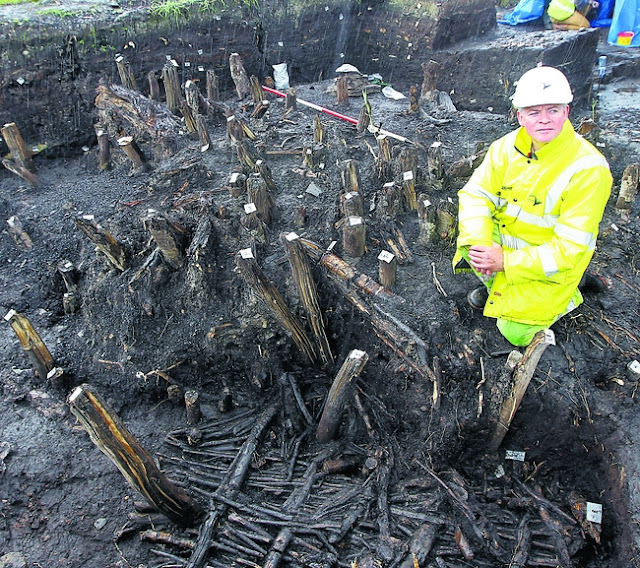Crannogs and binoculars hang from the head of the mule … | Part IV | May 23 2012-November 28 2016 & Conclusions

< Back to Index May 23 (pp 250-6) Document 44 is seven-page typed letter on Roads Service headed paper, from McKinley & Keenan to Cooney. They state that ‘To avoid duplication and to assist you, we do not propose to submit a formal statement as such, but instead would make the following comments against the points listed in your letter.’ Under the heading ‘Relationships and balance therein between DRD Roads Service and DOE NIEA’ they note that they ‘enjoyed an open, transparent and respectful relationship throughout the project.’ They acknowledge that they were informed by NIEA of a possible crannog in the lake during ‘the preliminary and statutory consultation stage’, but that, owing to the ground conditions, it could not be precisely identified by Hurl. They went ahead with developing their preferred route and it was only when they received the borehole evidence, indicating archaeological material remaining in situ , that they were convinced of the presence of a po...